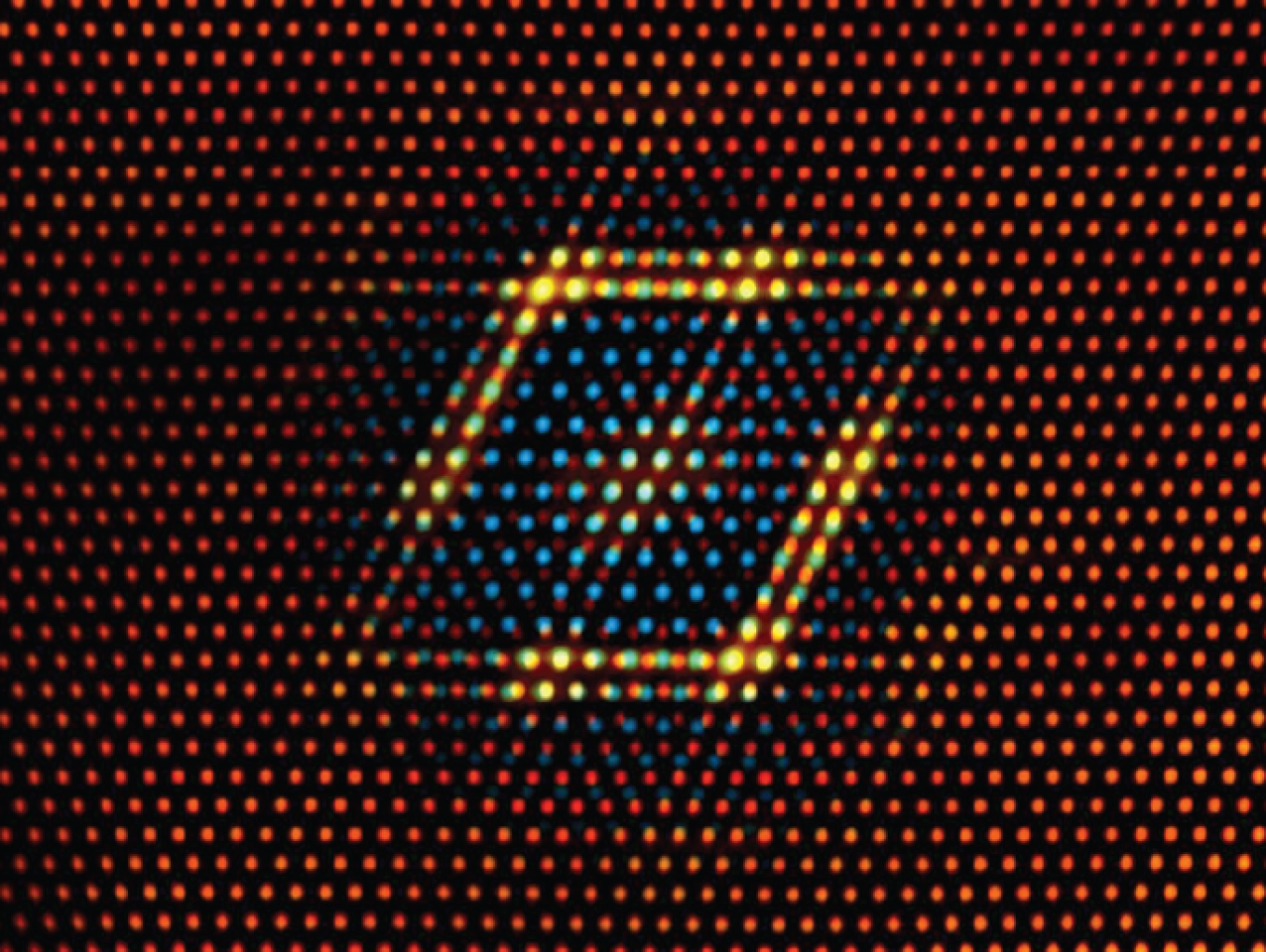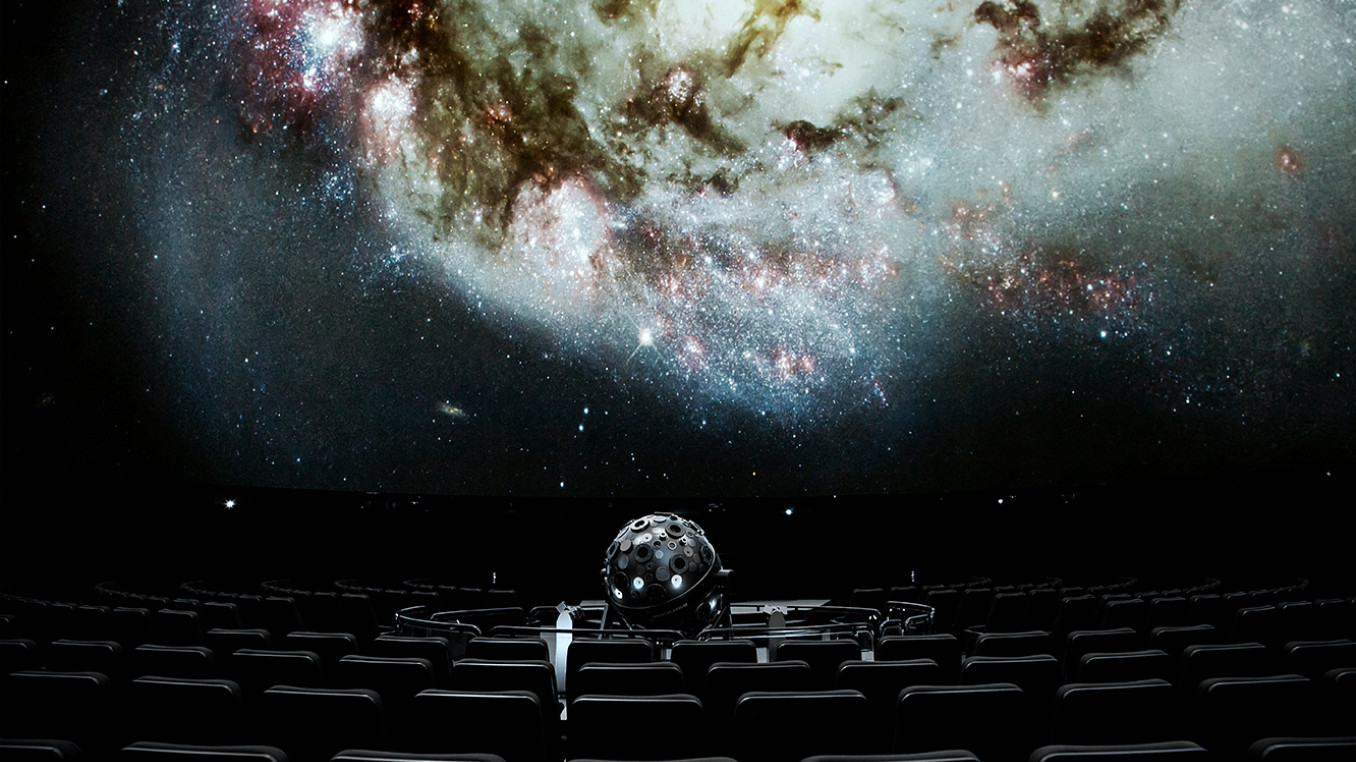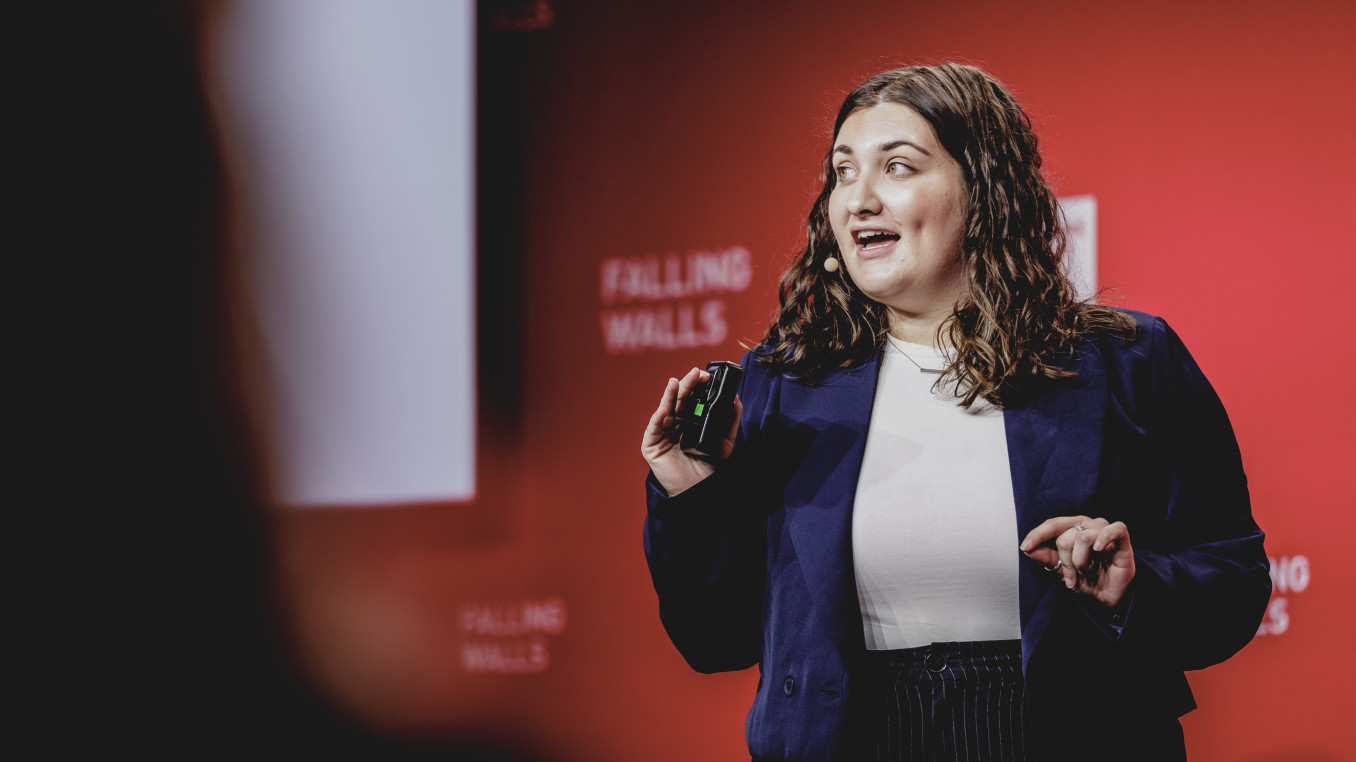Breaking the Wall of 100 Years of Superalloys
Breaking the Wall of 100 Years of Superalloys
Global Call 2025 Finalist Interview: Physical Sciences
Martin Harmer (Ph.D., D.Sc. Leeds, UK) is the Alcoa Foundation Professor Emeritus of Material Science and Director of the Nano|Human Interfaces Presidential Research Initiative at Lehigh University, USA. His work has led to the breakthrough discovery that grain boundaries exhibit phase-like behavior called “complexions”, solving long-standing scientific mysteries including abnormal grain growth in ceramics and liquid metal embrittlement in metal alloys. Awards include Keck Foundation, Humboldt Foundation, Distinguished Life Member ACerS, Presidential Investigator.
Which wall does your research or project break?
“There’s plenty of room at the bottom,” said Richard Feynman in his famous lecture in 1959 as he envisioned the field of nanotechnology, a new era of physics based upon the manipulation of structures at the atomic and nano scale, allowing scientists to engineer materials atom by atom. Feynman noted at the time that the biggest barrier to adoption of nanotechnology was the limited resolution to view atoms in the electron microscope, due to the aberration in the lenses. Fortuitously, the lens aberration barrier was broken in the early part of the 21st Century with the development of aberration corrected electron microscopes. Since then the field of Materials Science has extensively explored the fabrication and properties of “nanocrystalline materials” with grain sizes ranging from a few nanometers to several tens of nanometers. Nanocrystalline materials have been shown to possess some truly outstanding properties such as super high strength and hardness. That said, the Achilles heel of these materials was their thermal instability and tendency to deform through creep, limiting their use for high temperature applications. Our scientific breakthrough, along with our collaborators at the Army Research Laboratory, Louisiana State University and Arizona State University, breaks the wall of nanocrystalline materials’ grain instability and creep deformation by manipulating the nanograin interfaces, known as “complexions”, inherent in the combined nanocrystalline structure. Complexions are thermodynamically stable “phase-like” states of matter that exist within the atomic and nanoscale interfaces of materials between adjacent grains and phases. Due to our extensive observations, deduction and analysis of various types of complexions in the aberration corrected electron microscope, we and our team of collaborators are now able to build thermally stable, creep resistance nanocrystalline materials atom by atom, just as Feynmann envisioned nearly 70 years ago, with unique property combinations compared to common, conventional single crystal superalloys used in high temperature applications, such as turbine blades.
What is the main goal of your research or project?
The main goal of our research was to engineer the world’s first copper-based superalloy using the emerging concept of interface complexion engineering. Another major goal was to use complexion engineering to thermally stabilize a nanocrystalline microstructure at high temperatures, to overcome the typical grain growth and degradation that occurs in nanocrystalline alloys at high temperatures.
Unlike traditional superalloys, which are based on nickel, cobalt or iron and rely on traditional materials engineering processing and bulk phase diagrams, our work demonstrates that atomic-scale interfaces (grain boundaries and interphase boundaries) can be deliberately engineered to stabilize nanocrystalline structures at extreme temperatures, even in materials such as copper that typically cannot survive at such temperatures.
Copper was chosen as the base of this new superalloy because of copper’s superior thermal and electrical conductivity, which are highly desirable properties for some of the same applications as traditional superalloys as well as in supporting applications. Given that copper alloys have never been viable as high-temperature structural materials due to their rapid coarsening, creep deformation and loss of mechanical strength at high temperatures, our challenge was to overcome these limitations and create a copper alloy that maintains its strength and structural integrity near its melting point.
To achieve this, we developed a new Cu-Ta-Li alloy in which Ta-rich complexions lock coherent nanoscale Cu3Li precipitates in place. One key insight was to use cryogenic high-energy milling to create a metastable solid solution of Cu, Ta, and Li. The resultant nanostructured, metastable solution was then heat treated to allow the Ta to diffuse far enough through the nanocrystalline alloy to form bilayer complexions of Ta that “lock in” the nanoscale Cu3Li precipitates and guard them against coarsening. These Cu3Li nanoscale precipitates mimic the cuboidal, coherent precipitate structures found in nickel superalloys that are central to their high-temperature performance. The complexion-enabled stability of these Cu3Li precipitates enables this copper alloy to resist coarsening and creep at elevated temperatures, giving it unprecedented high-temperature strength and mechanical stability.
By accomplishing these goals, we established that copper-based, nanocrystalline superalloys are technologically achievable and that complexions engineering is a powerful design strategy for creating high-temperature nanostructured alloys that were previously unattainable. This work not only opens the door to other copper-based and nanocrystalline superalloys but demonstrates that atomic interfaces, which are often treated as flaws, can be engineered as a core strength of next-generation materials.
What advice would you give to young scientists or students interested in pursuing a career in research, or to your younger self starting in science?
It’s said that there are three stages of learning during one’s career. Stage one, from your advisor, stage two from your colleagues and stage three from your students. I’m at stage three! The most valuable lesson that I have learned that I want to pass on is to develop as many personal associations and interactions as you can with respected scientists. I had a superb mentor as my advisor at Leeds: Sir Professor Richard Brook. He taught me many things that I try to pass on to my students. He brought world class scientists through our department and always introduced them to me, many of whom I developed life-long interactions with. He sent me to UC Berkeley to learn electron microscopy from a world expert. These associations were enormously beneficial for me so I try to do the same for my students.
Other suggestions:
Be intellectually generous, it is the hallmark of a great scientist. Share your knowledge, ideas and connections with others. It pays off in the long run. If you guard your ideas too closely it’s a sign that you are worried about having another one!
My advisor was a gifted communicator, fabulous speaker and writer and I learned from him how important that is. So work hard on giving good talks and writing clearly. Don’t fall into the Power Point trap of relying on fancy slides. People come to hear YOU, not to see your slides. Accept every opportunity you can to speak and avoid posters if presenting one prevents you from speaking!
In research you need to have good ideas (with enough humility to accept that they may be wrong!) and to take risks. Focus on both solving problems and opening up new areas. Tell people what we know AND what we don’t know and need to know.
Don’t be too discouraged if you get turned down by a funding agency. In the USA we are fortunate to have many sources of funding. If you have a good idea you will get it funded somewhere, so be persistent. I love the Keck Foundation. It only considers high risk proposals that have been rejected.
Acknowledge that research takes a long time to be recognized and adopted (read the classic book by Everett Rogers on Diffusion of Innovations). Don’t fall into the trap of studying metrics more than the research itself.
Good luck!
What inspired you to be in the profession you are today?
When I was in high school in the small village of Hessle in East Yorkshire, England, a Professor from Leeds University, Dr. Tony Moulson, came and gave an inspiring talk on electronic ceramics, which I found fascinating. So I ended up pursuing a degree in Ceramics at Leeds. In my final year of undergraduate studies, a young dynamic Professor by the name of Richard Brook joined the faculty as Head of the Department of Ceramics. I knew I could learn a lot from him, especially since he had graduated from MIT under the supervision of a world-famous ceramist, Professor W. David Kingery. After I joined the faculty at Lehigh University in the USA, Professor Kingery invited me to present a talk at a special symposium at MIT attended by senior leaders in the field which was one of the proudest moments of my career.
What impact does your research or project have on society?
This project will hopefully lead to the development of a new class of materials, thermally and mechanically stable nanocrystalline alloys which can contribute to energy conservation and to improved forms of transportation and power generation for the future.
What is one surprising fact about your research or project that people might not know?
Many people are surprised to learn that simply changing the number of atomic layers from one to two within an interface complexion inside of a material can make the difference between the material being brittle or ductile, strong or weak, conducting or insulating, or deformable or not, etc. In the case of our nanostructured copper superalloy, two layers of tantalum atoms as a bilayer complexion makes the material so stable that it can be heated to near its melting point for over a year without causing any changes in its nanostructure.
What’s the most exciting moment you've experienced over the course of your research or project?
In terms of my research career, the most exciting moment was when I opened an envelope from the Keck Foundation and discovered that it contained a check for $1,000,000 to conduct a research project on anti-thermal behavior of materials, an ambitious endeavor with the goal of reversing the course of nature.
In terms of this research project, the most exciting moment was when the student showed me the amazing atomic resolution micrograph of the tantalum bilayer complexion for the first time, which was the key to stabilizing the nanostructure in the Cu-Ta-Li superalloy. It is a special feeling to know that you are seeing something for the first time that has never been seen before.


